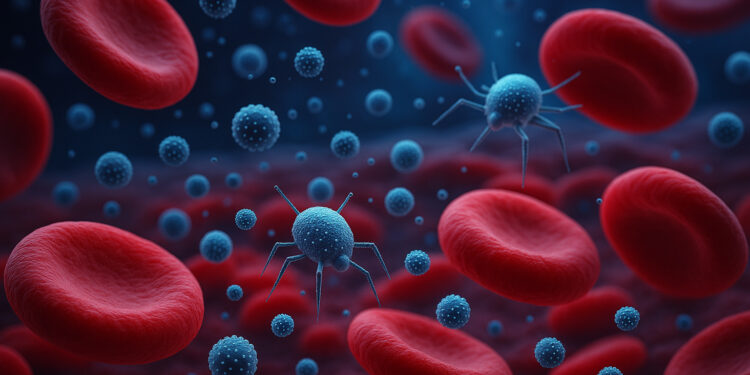Medicine is shrinking—literally. The rise of nanomedicine is transforming healthcare by using microscopic tools to diagnose, treat, and even prevent diseases at the cellular level. These nanoscale innovations, often thousands of times smaller than human hair, hold immense potential for tackling some of the world’s biggest health challenges. From targeted cancer therapy to regenerative medicine, nanotechnology is redefining the boundaries of modern science.
What is Nanomedicine?
Nanomedicine involves the use of nanoparticles and nanodevices to detect, deliver, or repair biological processes within the human body. These tiny tools can carry drugs directly to diseased cells, minimizing side effects and improving treatment efficiency. For instance, instead of affecting the whole body, nanocarriers deliver medication precisely where it’s needed, like guided missiles for healing.
Applications for Disease Detection and Treatment
Nanomedicine’s biggest breakthroughs are seen in early detection and treatment. In oncology, nanoparticles are being used to target cancer cells while sparing healthy tissue. In cardiology, Nano sensors can monitor blood flow and detect blockages before symptoms appear. Researchers are also developing nanobots—microscopic robots capable of navigating the bloodstream to deliver drugs or repair damaged tissues. These advancements promise faster recovery and more personalized care.
Regenerative and Preventive Medicine
Beyond treatment, nanomedicine is shaping the future of regenerative healthcare. Nanomaterials help scientists grow artificial organs, repair nerve tissues, and accelerate wound healing. In preventive care, nanoscale biosensors embedded in wearables can continuously track health metrics, warning patients of potential problems before they become serious. This proactive approach marks a major leap toward precision medicine.
Challenges and the Road Ahead
While the potential is enormous, nanomedicine faces challenges like regulatory approval, cost, and ethical concerns about long-term effects. Scientists are still studying how these nanoparticles interact with the body over time. However, with ongoing research and collaboration between medicine, engineering, and AI, the future of nanomedicine looks incredibly promising.
Conclusion
Nanomedicine represents a new frontier in healthcare—one where diseases can be detected earlier, treated more precisely, and even prevented entirely. As technology continues to advance, these tiny tools may become the key to solving some of humanity’s biggest health problems. The future of medicine is small—but its impact will be massive.












